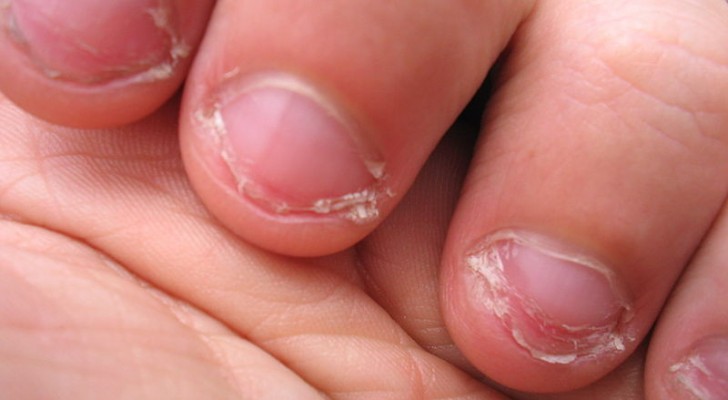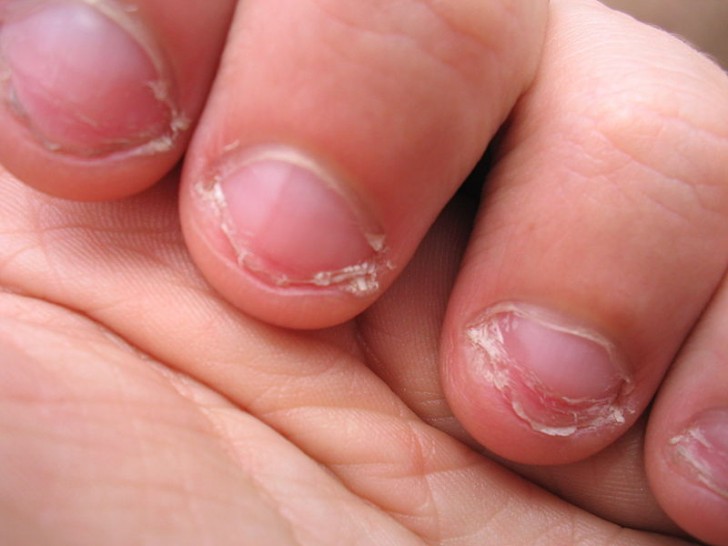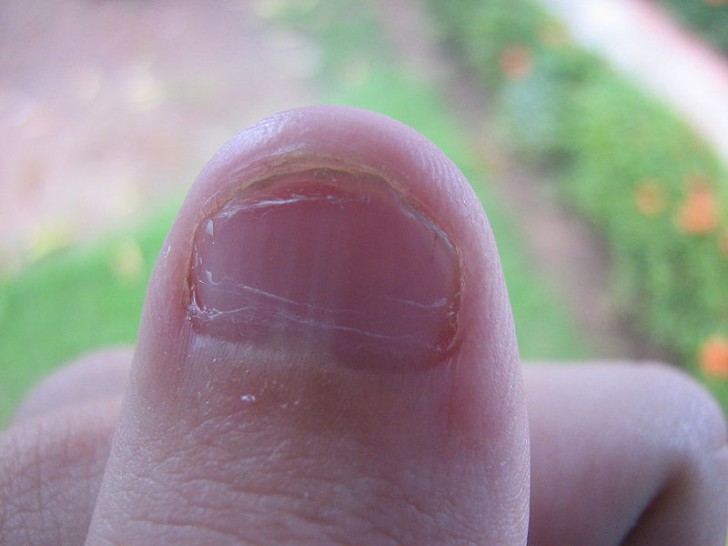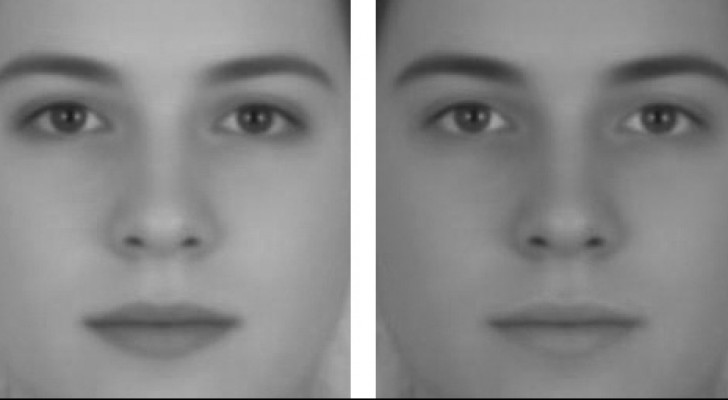Nail biting is a very common bad habit and can indicate some personality traits

Often, even before adolescence, children develop the bad habit of biting their nails, sometimes even reducing the nails to microscopic dimensions.
The most prominent motivation behind this behavior is obviously some form of anxiety or nervousness.
However, according to what has been revealed in a Canadian study on this topic, there may be another cause related to this behavior and it has to do with a precise and very human personality trait, namely, perfectionism.
via metro.co.uk
Perfectionists bite and eat their nails to relieve accumulated dissatisfaction.

Wikimedia/Felipe Micaroni Lalli (CC BY-SA 2.5)
The research project conducted by the University of Quebec examined all those repetitive behaviors that we apply to our bodies, such as touching our hair continuously, pinching our skin or biting our nails. Based on some experiments conducted on 48 volunteers, the need to perform one of these repetitive actions was irresistible in situations of boredom, frustration, and dissatisfaction, and individuals who tend to develop these moods are the perfectionists.

Wikimedia/Luiz Felipe Sousa Oliveira
A perfectionist gets agitated when things do not go as planned and this, of course, can happen more often than he/she could dare to imagine. Performing one of these repetitive behaviors is a way to release accumulated negativity.

The results of this study have revolutionized the traditional treatment of repetitive behaviors, including nail-biting. Until this study, the focus in regards to nail-biting was how to eliminate nervousness, but it is clear that in reality, it is the "perfectionist" mentality of the patient that needs to be addressed.





